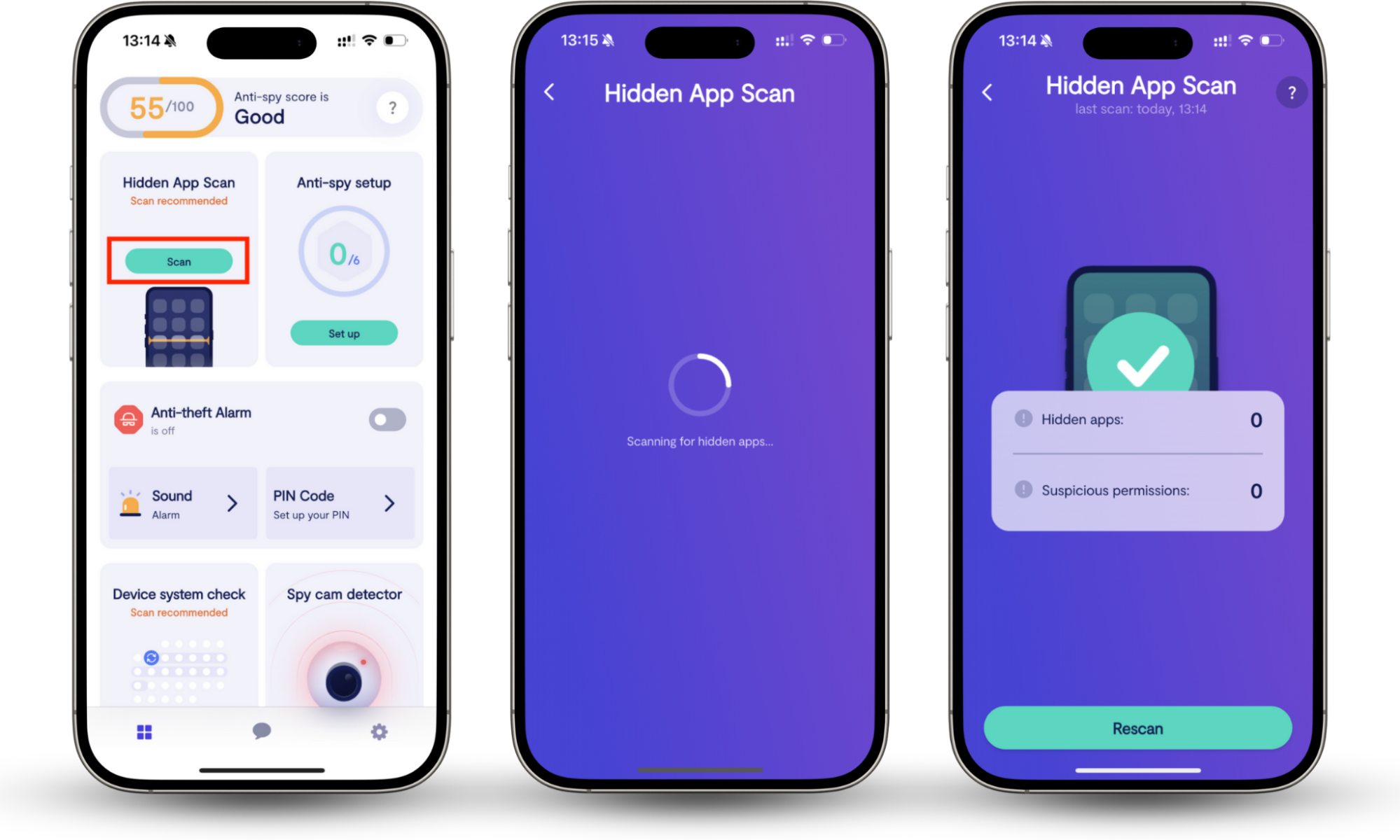Table of contents
- Staying safe while shopping online during the pandemic
- 1. Using public Wi-Fi makes your data vulnerable, no matter the app
- 2. Two-factor authentication means a double shield for your data
- 3. Mobile apps are more secure than shopping and banking websites
- 4. The digital space is full of fake shopping apps and websites
- So, what indicates you are shopping online in a secure manner?
- FAQ
- 1. How can I safeguard my credit card information while shopping on public Wi-Fi in 2025?
- 2. What are the best practices for secure online shopping in 2025?
- Conclusion
Staying safe while shopping online during the pandemic
The world is quarantined, most brick-and-mortar stores are closed, and governments are encouraging citizens across the globe to switch to cashless payments for global purchases. However, sophisticated scams and new phishing tactics mean digital security is more critical than ever.
In this environment, it seems as if online shopping is the best method to make purchases during the COVID-19 pandemic.
But how do you stay safe when shopping online? No one ever wants to get hacked, particularly during this already worrying time. The best way to enhance your digital security is to understand how internet purchases work and know how to spot security red flags right away.
So to help you stay safe, we’ve made a list of the four critical facts you should know about safe online shopping.
1. Using public Wi-Fi makes your data vulnerable, no matter the app
You might frequently ask yourself, are banking apps safe? While shopping or using banking apps, the security of public Wi-Fi can expose your personal data to hackers. Studies show that many financial apps have security flaws, and using a free Wi-Fi network only amplifies the risk. To practice safe online shopping and banking and protect your data, always use a private home Wi-Fi network, a VPN, or your mobile network when making online transactions. These are some of the most basic yet best internet security tips to protect you from scams and financial fraud.
2. Two-factor authentication means a double shield for your data
Two-factor authentication (2FA) adds a critical layer of protection by requiring two methods to verify your identity. This could include a unique password plus a one-time code or biometric recognition. While it may seem like an extra step when making a purchase, two-factor authentication (2FA) significantly reduces the risk of fraud. Google’s research shows that adding a simple SMS code can block 76% of direct attacks. When you’re excited about buying new yoga pants or a coffee brewer, confirming your identity twice might be quite annoying. But, believe us, don't skip this extra step—it’s a small inconvenience for a big security boost.
3. Mobile apps are more secure than shopping and banking websites
When deciding how to pay, you might consider are apps or websites more secure? Mobile banking and shopping apps are generally more secure than websites. Web browsers can expose your data to cybercriminals, while apps are designed to offer more robust protection. Top financial institutions continually update their apps to resist the latest cyber threats. When using a mobile app for transactions, your data is less exposed, providing a safer experience than websites.
4. The digital space is full of fake shopping apps and websites
Scammers are increasingly using fake shopping apps and websites to trick shoppers into revealing personal information. These fraudulent platforms may look like legitimate stores but often sell counterfeit products, install malware, or steal credit card details. Always double-check the website's URL, look for secure payment options, and only download apps from trusted sources like the official App Store or Google Play.
Why is this threat is dangerous in 2025?
As technology evolves, cybercriminals have become more sophisticated. In 2025, we’re seeing a sharp increase in malware targeting shopping apps, taking advantage of the latest security vulnerabilities in mobile platforms and web browsers. It’s essential to keep your apps up to date, use strong passwords, and enable two-factor authentication to prevent these evolving threats.
So, what indicates you are shopping online in a secure manner?
If you’ve decided to buy things via a website, make sure the address starts with https://, not “http://. The address bar should also contain a small padlock icon, indicating the website’s traffic is encrypted. But even if these two criteria are met, do not provide more information than is absolutely necessary to complete a purchase. Legitimate shopping sites would never make your mother's maiden name an obligatory field.
To stay on the safe side when shopping via a smartphone and ensure you are using a safe shop app, download the retail app directly from the seller's official website. If this is impossible and you have to get an app from the App Store or Google Play Store, check its ratings, the number of downloads, and the time since its launch.
Another effective way to stay safe is to use specialised tools designed for mobile protection — for instance, with Clario Anti Spy, you can run a Hidden app scan (Android & iOS) to detect suspicious or covert apps that may be tracking you or accessing your private data.
Here is how to use Clario Anti Spy's Hidden App scan:
- Download and install Clario Anti Spy.
- Tap Scan in the Hidden app scan menu.
- Wait for the results.
- If the scan flags any apps or permissions, follow the on‑screen instructions to remove or disable the risky app.

This step gives you proactive control, helping ensure that the device you use for shopping is free from spyware and unapproved monitoring.
FAQ
1. How can I safeguard my credit card information while shopping on public Wi-Fi in 2025?
Yes, scammers can intercept data on unsecured public Wi-Fi, leading to credit card theft. To protect your information, always use a VPN or rely on your mobile network for secure transactions. Avoid public Wi-Fi when shopping online, especially on mobile apps.
2. What are the best practices for secure online shopping in 2025?
To protect your data, download retail apps only from trusted sources, like the official App Store or Google Play. Check app ratings, reviews, and update history to ensure they are secure. Enable two-factor authentication (2FA) to add an extra layer of protection.
Conclusion
Taking care of your health should always be the top priority, but protecting your personal data while shopping online is more important than ever in 2025. Cybercriminals are increasingly targeting online shoppers, so it’s essential to use best practices such as enabling two-factor authentication, using secure payment methods, and keeping your apps updated.
To stay safe while shopping online, use the best practices for digital security, such as updating your apps, using strong passwords, and enabling two-factor authentication. And with tools like Clario Anti Spy, you can protect yourself from spyware, malware, and other online threats. Remember, online shopping is only enjoyable when it’s done safely, so stay vigilant and prioritize your digital security.


